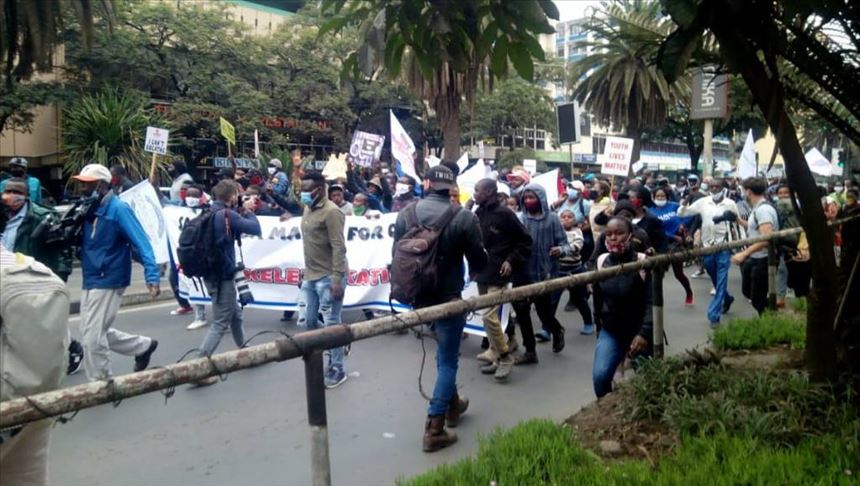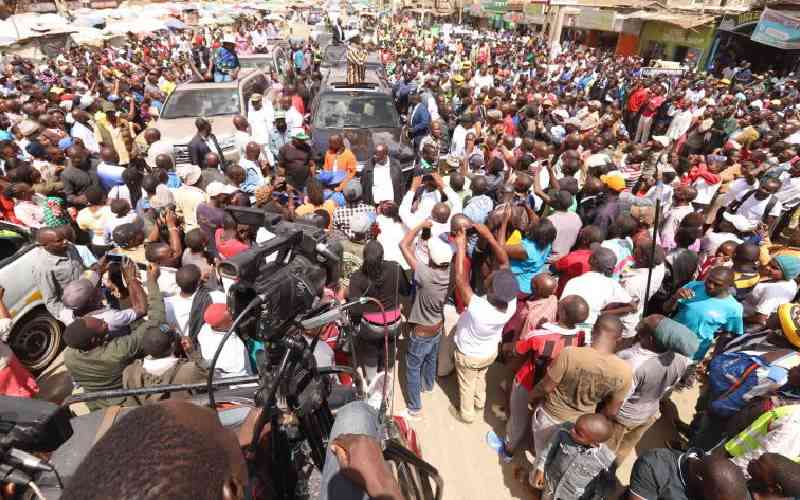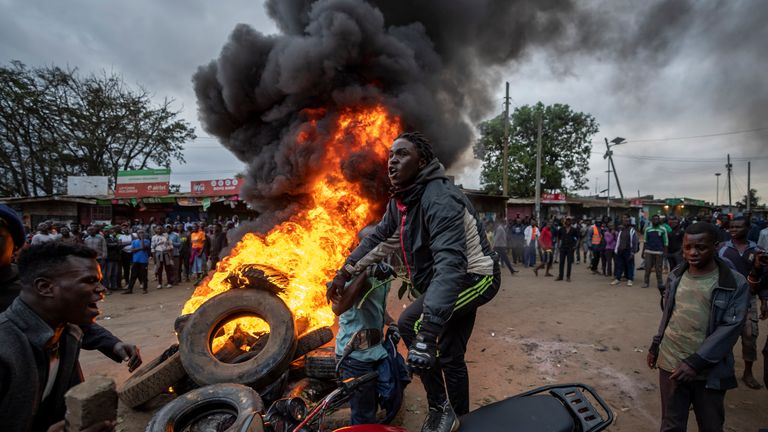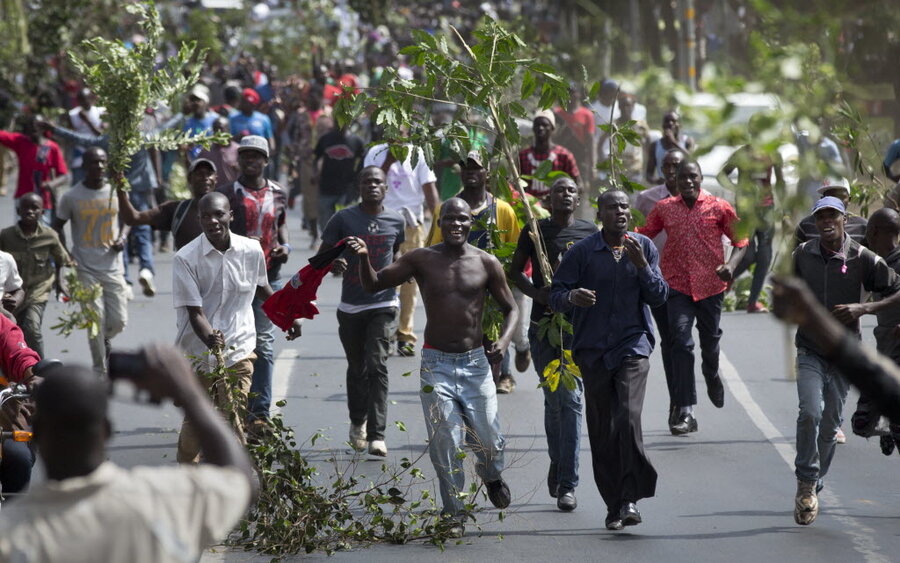Demonstrations have been a powerful tool for people to raise awareness and advocate for change. They have played a crucial role in shaping history and bringing about social justice. However, demonstrations can also be chaotic and dangerous if not organized and executed correctly. It is important to know how to participate in a demonstration safely and respectfully. Here are some ways to avoid causing commotion during demonstrations:
1. Educate yourself on the demonstration
Before participating in a demonstration, research the cause and understand the purpose of the demonstration. Familiarize yourself with the organizers and their goals. This will help you understand the appropriate conduct and avoid any misunderstandings. Make sure to read up on the rules and regulations of the demonstration.

Did you read this?
2. Stay peaceful
Demonstrations can be emotional and tense. It is important to remain peaceful and non-violent. Violence can quickly escalate and harm the cause and participants. If someone becomes agitated or violent, try to move away from the situation and notify authorities or the organizers.
3. Follow the organizers’ instructions
The organizers are responsible for the safety and success of the demonstration. Listen to their instructions and follow their lead. They will guide you through the demonstration and ensure that it stays peaceful and effective. If you have any questions or concerns, ask the organizers.
4. Dress appropriately
Dress comfortably and appropriately for the demonstration. Wear comfortable shoes, dress in layers, and bring a hat or sunscreen if necessary. Avoid wearing anything that can be used as a weapon or that may provoke others.
5. Keep a low profile
Try to blend in with the crowd and avoid standing out. Keep your voice down and avoid engaging with counter-protesters or law enforcement. Refrain from using your phone or taking pictures or videos that may attract unwanted attention.

6. Be respectful
Be respectful of others, including counter-protesters and law enforcement. Avoid using derogatory language or engaging in confrontations. Remember that the demonstration is about the cause and not about personal attacks or conflicts.
7. Stay aware of your surroundings
Pay attention to your surroundings and be aware of any potential danger. Look out for signs of trouble, such as individuals with aggressive behavior or police activity. Keep a safe distance from law enforcement and avoid getting too close to the action.
6. Plan ahead
Plan ahead for transportation, communication, and emergencies. Let someone know where you will be and how to contact you. Bring water and snacks, and carry a phone charger. Be prepared for any unforeseen circumstances.
8. Respect private property
Avoid damaging private property or disrupting the flow of traffic. This can harm the cause and distract from the message. Stay on public property and avoid blocking sidewalks or streets.

9. Clean up after yourself
After the demonstration, make sure to clean up after yourself. Dispose of any trash or debris and leave the area clean. Demonstrations should leave a positive impact on the community, and cleaning up after yourself is an essential part of this.











